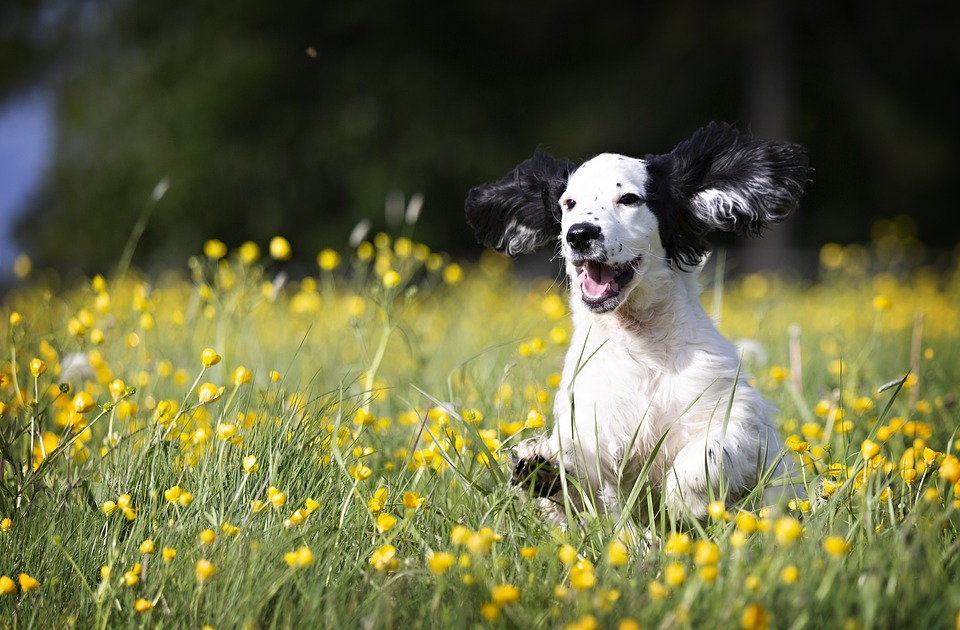Training an older dog can present its own set of challenges, but with the right techniques and approach, it is possible to have a well-behaved and happy furry friend. This guide provides effective training techniques tailored specifically for older dogs, taking into consideration their unique needs and abilities.
One of the most important aspects of training an older dog is maintaining patience and utilizing positive reinforcement techniques. Unlike puppies, older dogs may take longer to learn new commands or behaviors. It is crucial to avoid frustration and be patient throughout the training process. Positive reinforcement, such as treats, praise, and rewards, can help motivate your older dog and make the training experience more enjoyable.
Older dogs may have physical limitations, such as arthritis or reduced mobility, which need to be taken into account during training. It is important to adapt training methods to accommodate these limitations. Using low-impact exercises and avoiding putting excessive strain on their joints is essential. For example, if your older dog has difficulty sitting, modify the “sit” command by teaching them to rest their rear on a raised platform instead.
Establishing a consistent training routine is also crucial for older dogs. They thrive on predictability and structure, so maintaining a regular training schedule will help them understand what is expected of them. Consistency in commands, rewards, and consequences will aid in reinforcing the desired behaviors and reducing confusion.
In addition to physical exercise, older dogs also require mental stimulation to keep their minds sharp. Incorporating puzzle toys, scent games, and obedience exercises that challenge their cognitive abilities can be beneficial. Mental stimulation not only helps prevent boredom but also aids in keeping their brains active and engaged.
If you find that training your older dog is challenging or you are unsure how to proceed, seeking professional help is always an option. An experienced dog trainer or behaviorist can offer guidance tailored to your older dog’s specific needs. They can provide valuable insights and techniques that will make the training process more effective and enjoyable for both you and your furry friend.
In conclusion, training an older dog requires understanding, patience, and the willingness to adapt to their unique needs. By utilizing positive reinforcement, adapting training methods to physical limitations, establishing consistency and routine, focusing on mental stimulation, and seeking professional help if needed, you can ensure a happy and well-behaved older dog.









